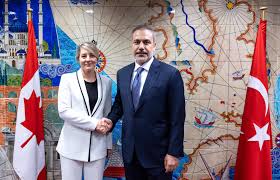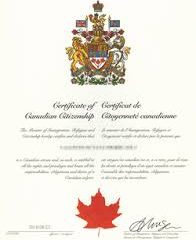Justin Trudeau: Navigating Turbulent Times in Canadian Politics

Introduction
Justin Trudeau, the 23rd Prime Minister of Canada, has been a significant figure in Canadian politics since he first took office in 2015. His leadership has now entered a period of intense scrutiny, shaped by various challenges ranging from economic issues to international relations. As the nation faces upcoming elections and changing public sentiment, understanding the current landscape surrounding Trudeau’s leadership is more crucial than ever.
Current Challenges Facing Trudeau
In recent months, Trudeau’s government has been under pressure due to economic challenges, including rising inflation and the increasing cost of living affecting Canadians’ daily lives. According to Statistics Canada, inflation rates have fluctuated around 3% to 4% this year, significantly impacting household budgets. This economic strain has led to public dissatisfaction with the government’s performance, as citizens demand more effective measures to alleviate financial burdens.
Political Opposition and Public Sentiment
Moreover, the political landscape is evolving, with the rise of the Conservative Party under Pierre Poilievre, who is leveraging public concern about inflation and other economic hardships. Polling data from various sources indicates that Trudeau’s Liberal Party may face stiff competition in the upcoming elections, with many Canadians expressing a desire for change. In a recent survey, nearly 50% of respondents indicated they would consider voting for the Conservatives, a significant increase from previous years.
International Relations
Trudeau’s administration is also contending with international relations issues. The volatile situation in Eastern Europe, particularly the situation in Ukraine, has required Canada to navigate its diplomatic relationships carefully while supporting allies like NATO. Canada’s role in global environmental initiatives has also come under scrutiny; critics argue that Trudeau has not delivered on his ambitious climate promises, which could affect his support among environmentally conscious voters.
Conclusion and Forecast
As Justin Trudeau continues to confront these multifaceted challenges, the path ahead appears rocky. The upcoming federal election, set for 2025, will be a critical moment for him and his party. If economic stability does not improve and public sentiment continues to waver, his leadership may be severely tested. Trudeau’s ability to adapt to the shifting political landscape and address the pressing concerns of Canadians will be critical in determining not only his political future but also the direction of Canadian politics in the years to come.









